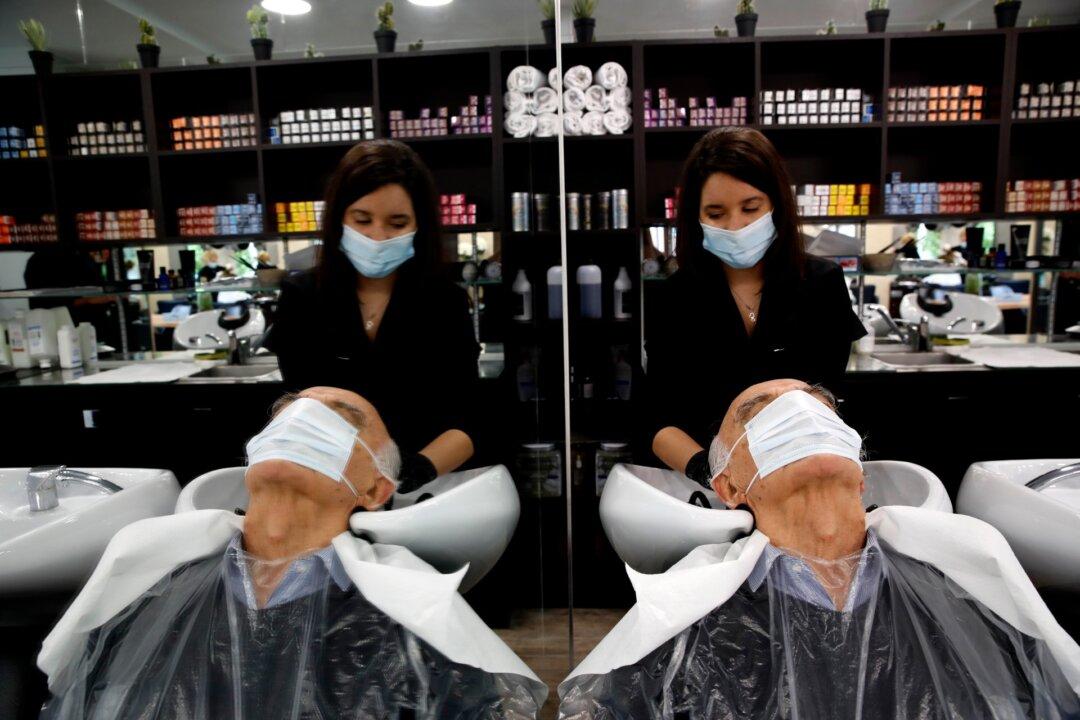PARIS—Plastic spacing barriers and millions of masks appeared on the streets of Europe’s newly reopened cities on May 11, as France and Belgium emerged from lockdowns, the Netherlands sent children back to school and Spain let people eat outdoors.
All faced the delicate balance of trying to restart battered economies without causing a second wave of CCP (Chinese Communist Party) virus infections.





